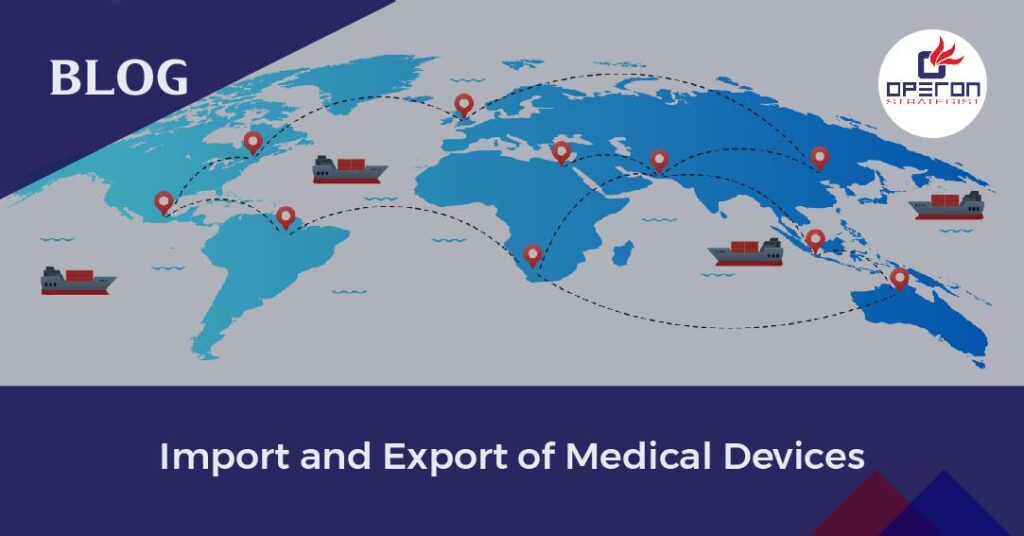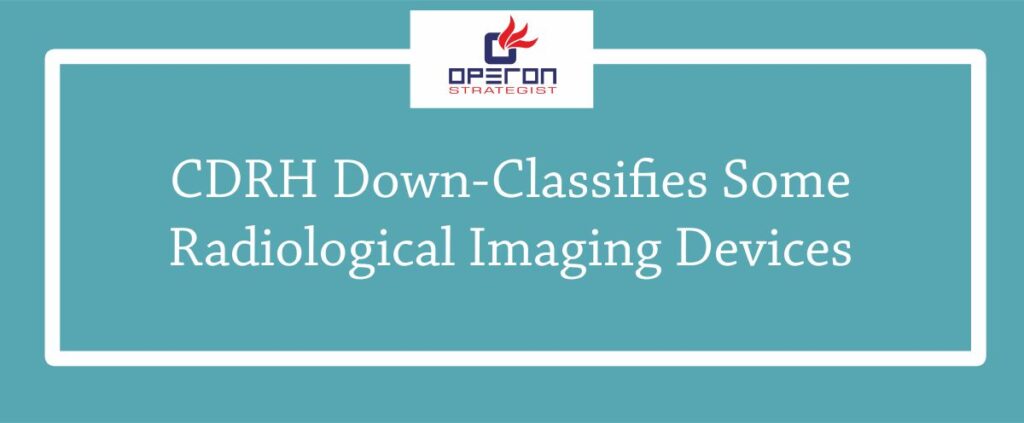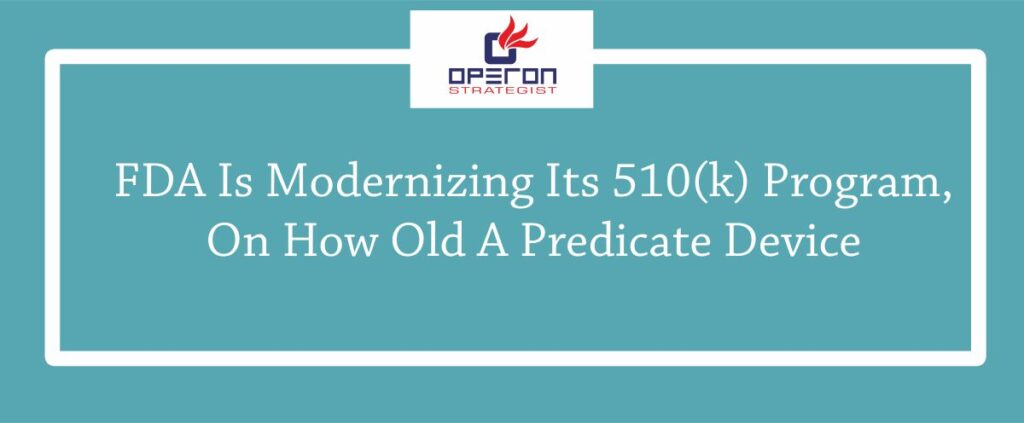Introduction to Import and Export of Medical Devices
In the intricate realm of the import and export of medical devices, challenges abound, but so do opportunities. Despite the complexities involved, the allure of this industry remains strong. Remarkably, if a medical device can be legally marketed within the United States, it holds the potential to traverse global boundaries without necessitating prior FDA notification or approval for export. This encompasses even radiation-emitting electronic devices that fall under the category of medical devices. Let’s delve into the regulatory landscape, the significance of FDA 510(k) clearance, and key points surrounding the import and export of medical devices.
Looking for Medical Device Consultant?
Let’s have a word about your project
FDA 510 K Clearance & Premarket Approval For Medical Device
Foreign establishments seeking to import medical devices into the United States must adhere to the regulatory standards set forth by the FDA. The journey often begins with the FDA 510(k) clearance process. In essence, this pathway requires manufacturers to demonstrate the substantial equivalence of their device to a predicate device already approved for marketing. The term “substantial equivalence” pertains to technological similarities between the devices, ensuring that the new device functions as intended. Once approved, the device is entered into the FDA 510(k) database, typically within 30 to 90 days. While laboratory testing is common, human testing is less frequently required for 510(k) submissions.
On the other hand, the Premarket Approval (PMA) process offers a more comprehensive route, typically involving laboratory testing and clinical trials with human subjects. The stringent requirements and the FDA’s 180-day evaluation timeline set PMA apart from the 510(k) pathway. While Class I and II devices often pursue 510(k) clearance due to its comparative affordability, Class III devices opt for PMA due to their higher risk potential.
Key Considerations for Import and Export of Medical Devices
Several pivotal considerations come into play when dealing with the import and export of medical devices:
- Export Certificates: Foreign clients and governments often request documentation of a product’s FDA regulatory or marketing status when purchasing medical devices from the U.S. The FDA can issue an export certificate, affirming compliance with U.S. regulations within 20 working days.
- Import Requirements: The import of medical devices into the U.S. necessitates adherence to radiation safety regulations, performance standards, labeling guidelines, and comprehensive reporting mechanisms.
- Establishment Registration: Foreign manufacturers must register their establishments and designate a U.S. agent, a critical step for seamless medical device imports.
- Quality System Compliance: Adhering to quality systems is paramount to ensure consistency, safety, and efficacy in imported medical devices.
- Labeling and Reporting: Proper labeling and stringent reporting mechanisms enhance transparency and accountability in the import and export processes.
Ready to Navigate the Import and Export of Medical Devices Landscape?
In Conclusion: Pioneering the Healthcare Horizon
The import and export of medical devices are instrumental in propelling the healthcare sector toward innovative horizons. Striking a delicate balance between compliance, safety, and innovation, businesses and regulatory bodies collaborate to ensure seamless cross-border movement of medical devices, all while upholding the highest industry standards. As the global healthcare landscape evolves, the import and export of medical devices will undoubtedly continue to serve as the vanguard of progress, enhancing healthcare accessibility and quality on a worldwide scale.
Embarking on a Successful Journey with Operon Strategist: Medical Device Import and Export
Operon Strategist, a leading FDA 510(k) process consultant, is here to guide you through the intricate journey of medical device import and export. Our experts specialize in ensuring compliance, navigating regulations, and streamlining processes. Whether you need assistance with FDA clearances, establishment registration, or quality system compliance, Operon Strategist is your trusted partner. Contact us today to embark on a successful journey in the import and export of medical devices.
Ready to Navigate the Import and Export Landscape? Contact Operon Strategist Today!
FAQs:
What types of medical devices does India import?
India has a significant dependence on imported medical devices, especially for advanced equipment like cancer diagnostics, medical imaging tools, ultrasonic scans, and PCR (polymerase chain reaction) technologies. This dependency underscores the need for international collaboration and access to cutting-edge technology.
Who are the largest importers of medical devices globally?
In 2021, the top importers of Medical Instruments were the United States ($31.9B), Germany ($11.9B), Netherlands ($11.7B), China ($10.7B), and Japan ($6.69B). These nations play a significant role in the global movement of medical devices, highlighting the interconnectedness of healthcare systems.
-
adminhttps://operonstrategist.com/author/admin-2/
-
adminhttps://operonstrategist.com/author/admin-2/
-
adminhttps://operonstrategist.com/author/admin-2/
-
adminhttps://operonstrategist.com/author/admin-2/




